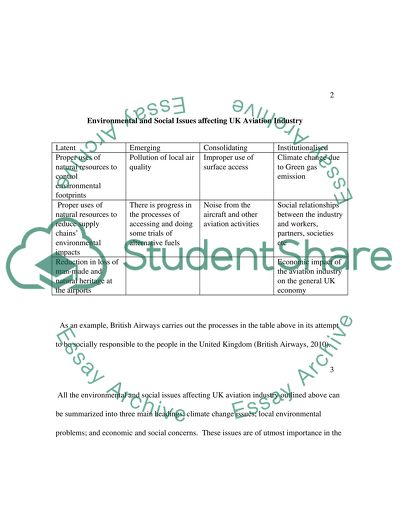Cite this document
(Major Quadrants of Activities to Improve the Effect of UK Aviation on Case Study, n.d.)
Major Quadrants of Activities to Improve the Effect of UK Aviation on Case Study. Retrieved from https://studentshare.org/environmental-studies/1562581-environmentally-sustainable-business
Major Quadrants of Activities to Improve the Effect of UK Aviation on Case Study. Retrieved from https://studentshare.org/environmental-studies/1562581-environmentally-sustainable-business
(Major Quadrants of Activities to Improve the Effect of UK Aviation on Case Study)
Major Quadrants of Activities to Improve the Effect of UK Aviation on Case Study. https://studentshare.org/environmental-studies/1562581-environmentally-sustainable-business.
Major Quadrants of Activities to Improve the Effect of UK Aviation on Case Study. https://studentshare.org/environmental-studies/1562581-environmentally-sustainable-business.
“Major Quadrants of Activities to Improve the Effect of UK Aviation on Case Study”. https://studentshare.org/environmental-studies/1562581-environmentally-sustainable-business.


